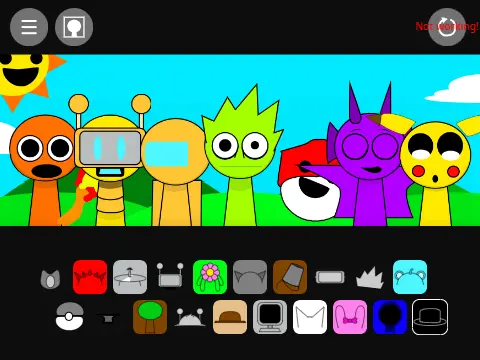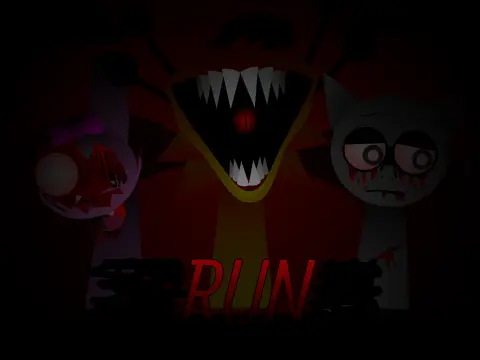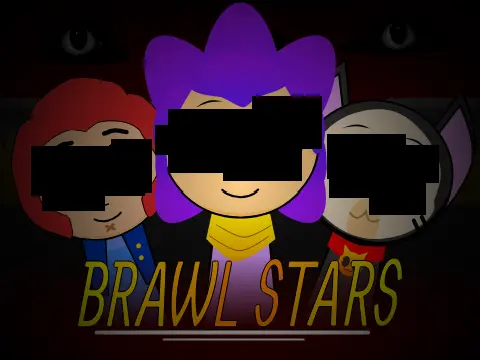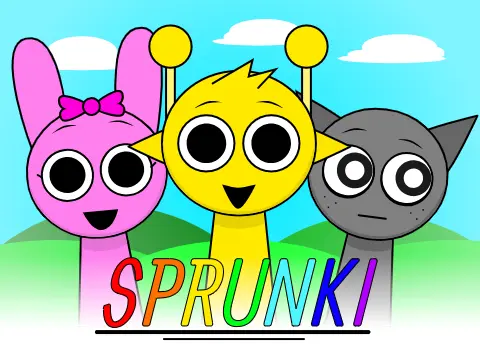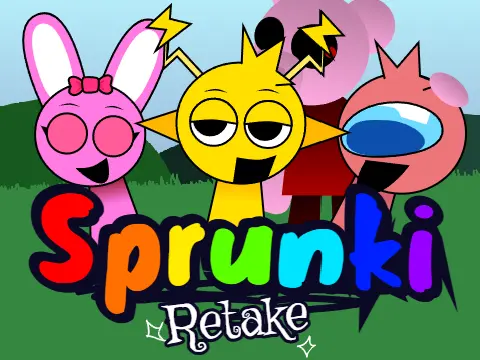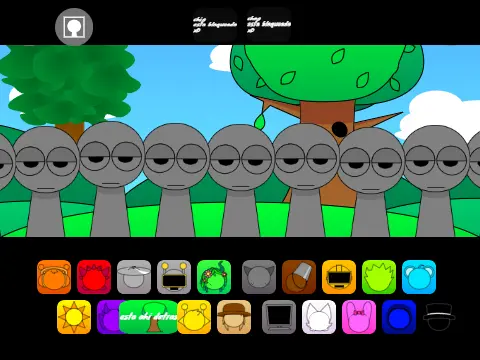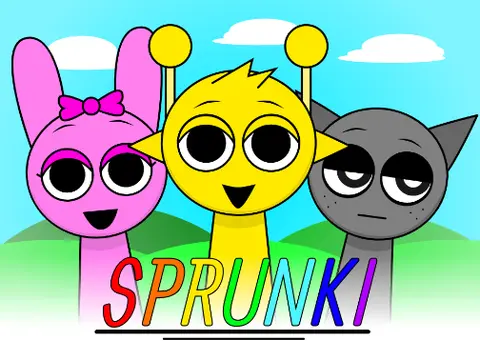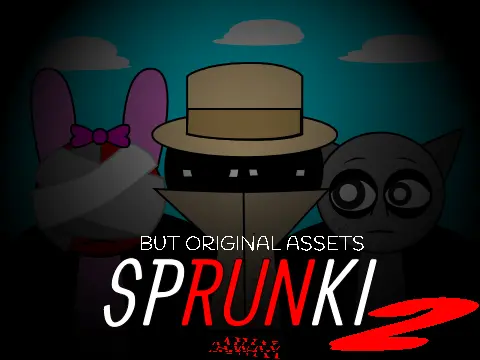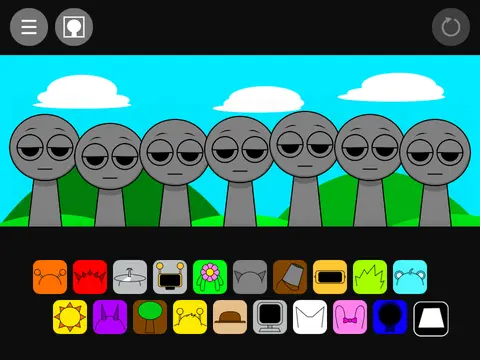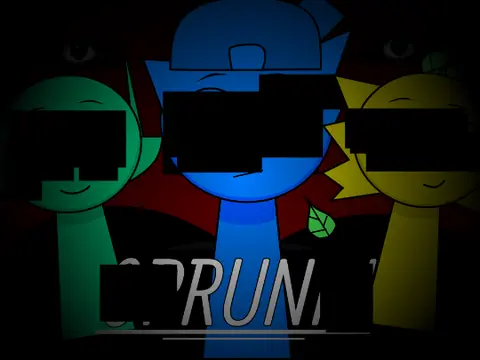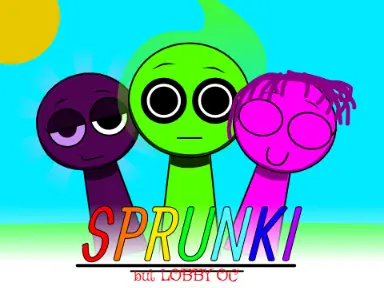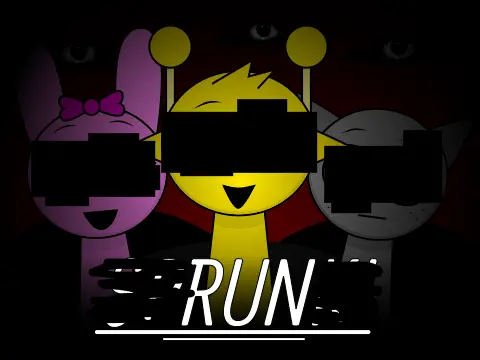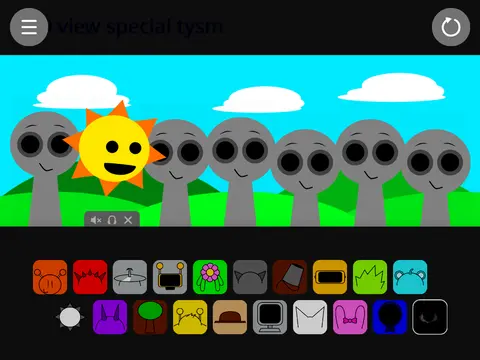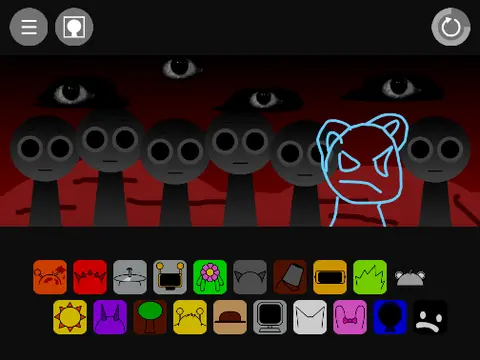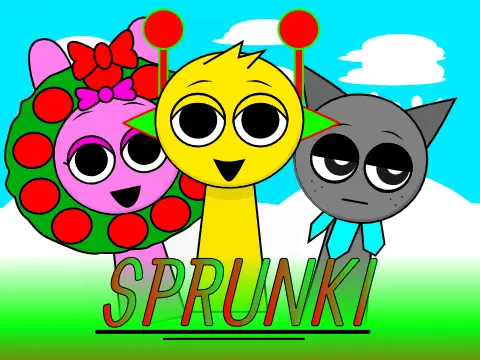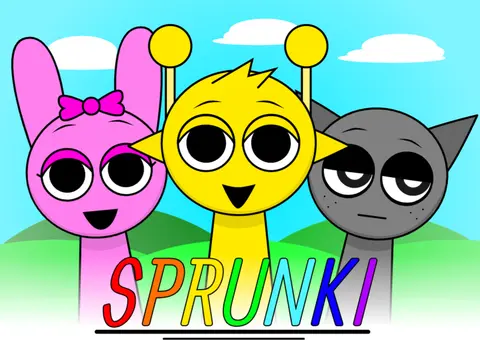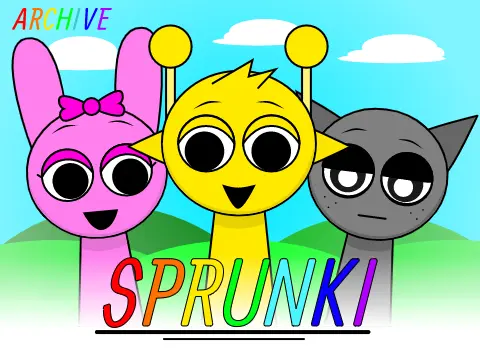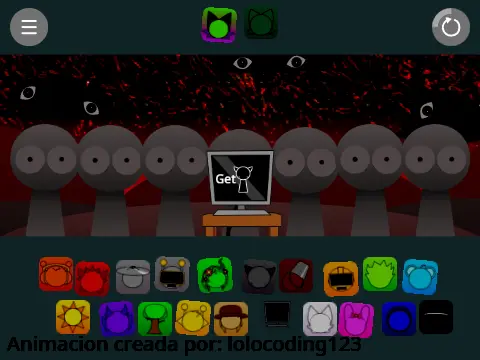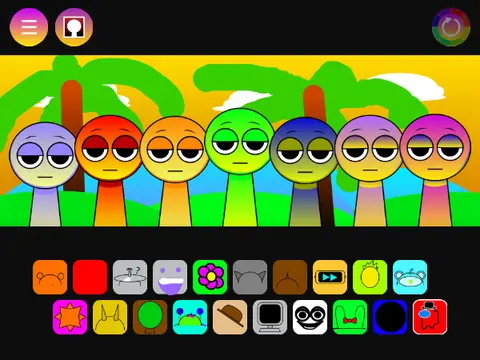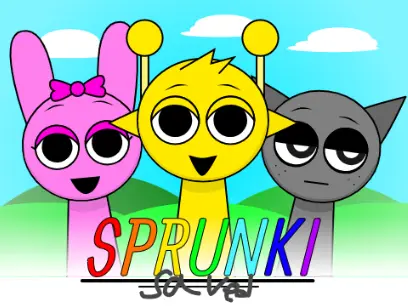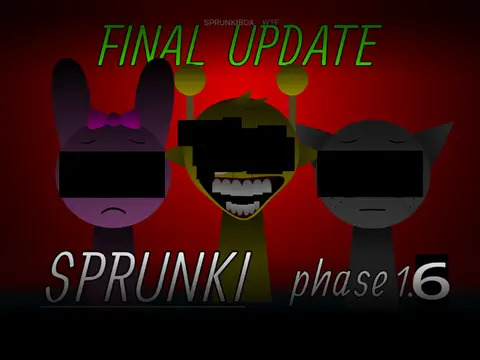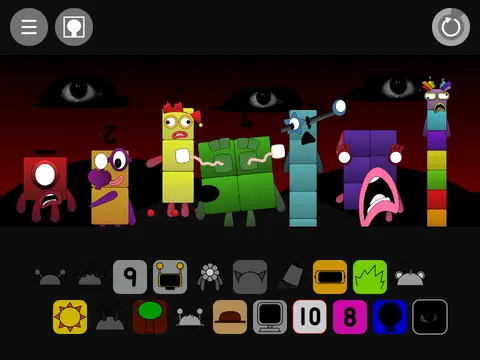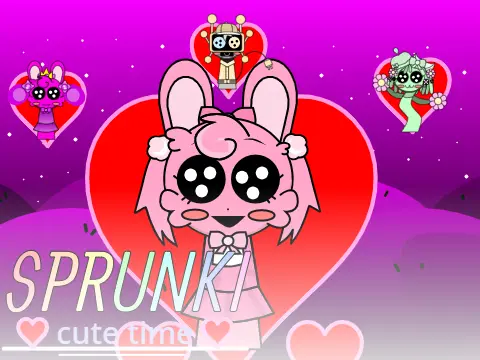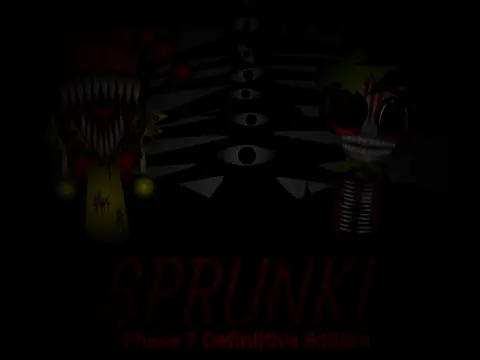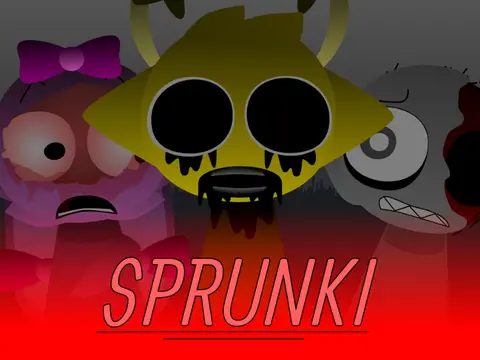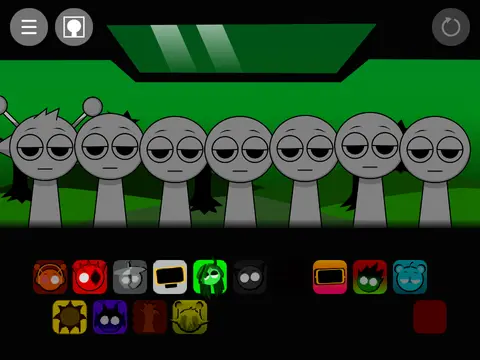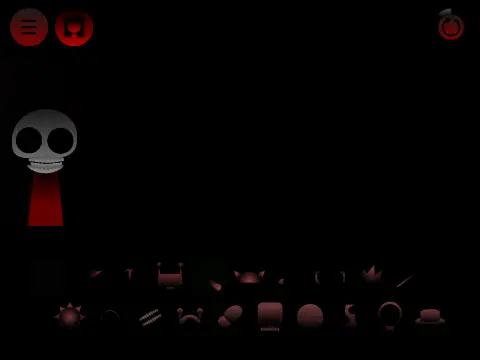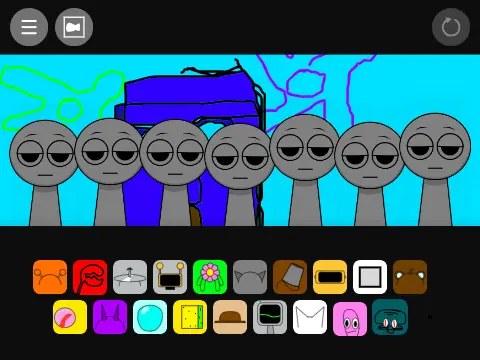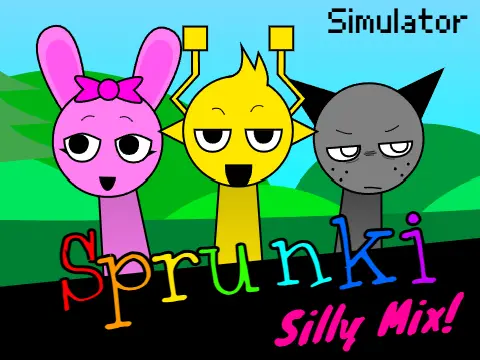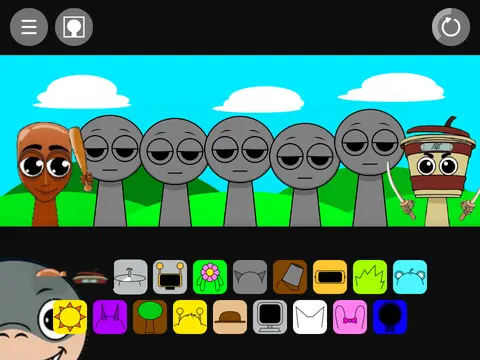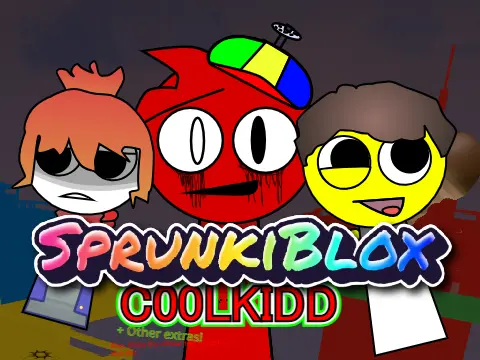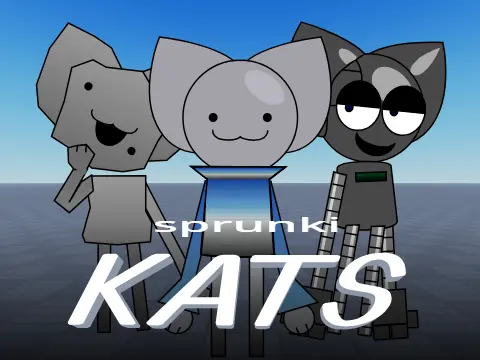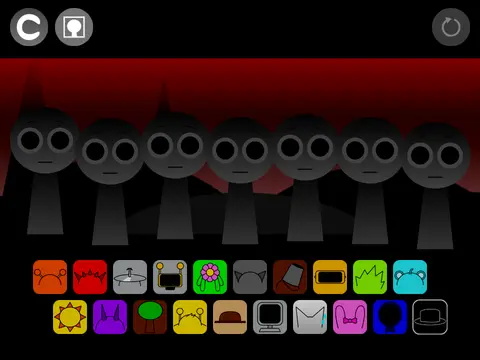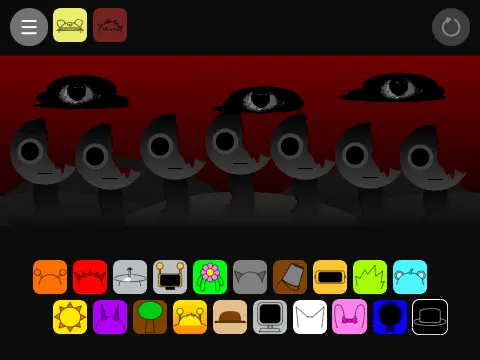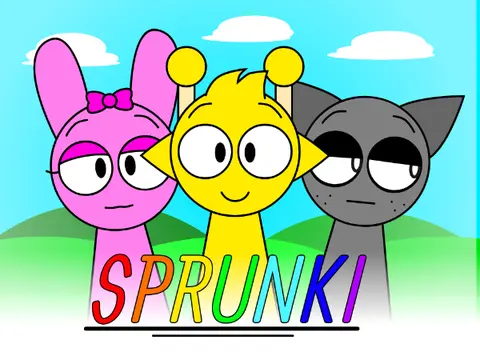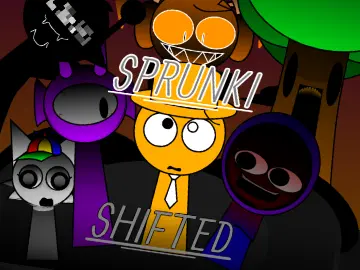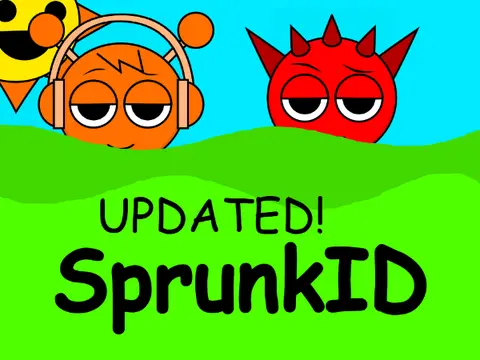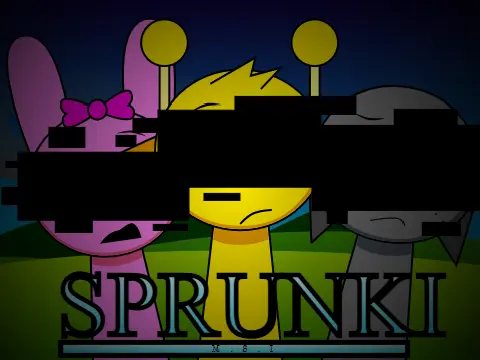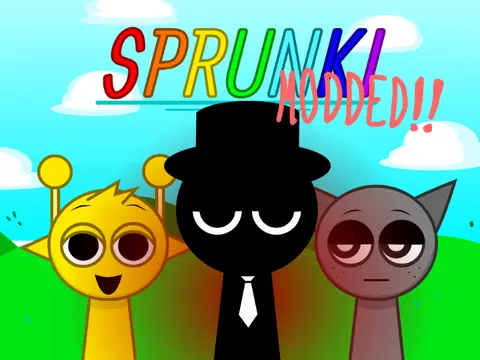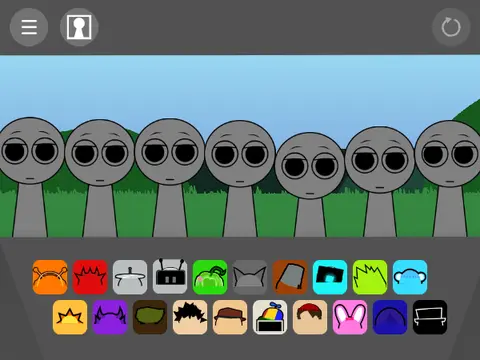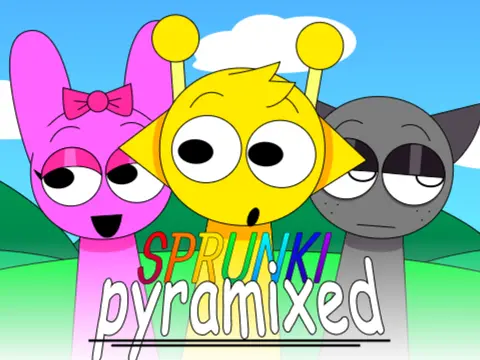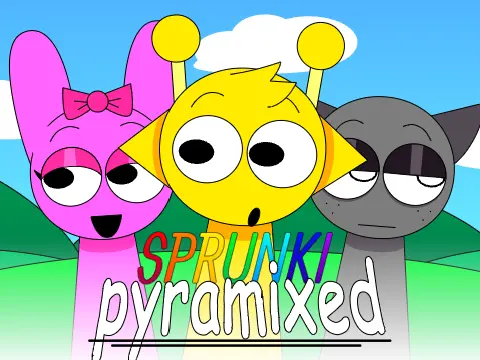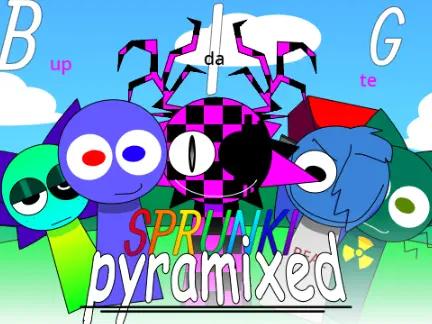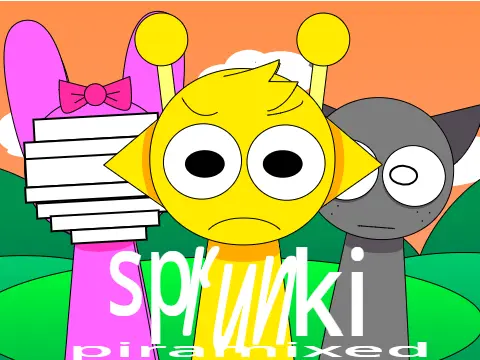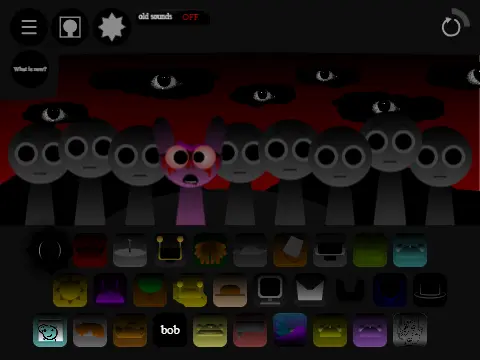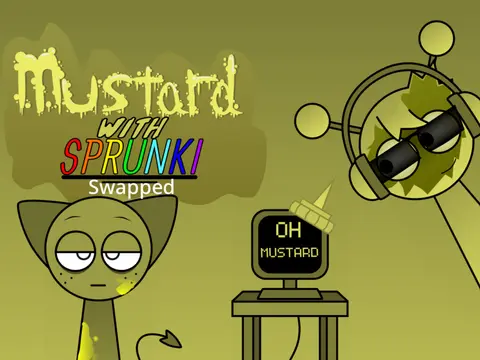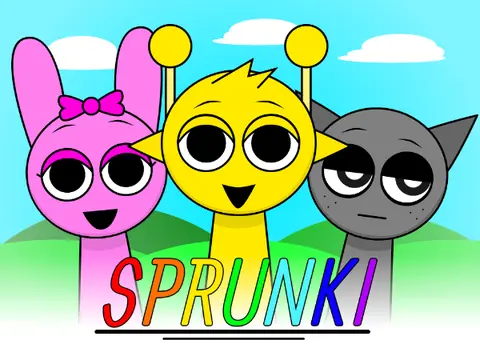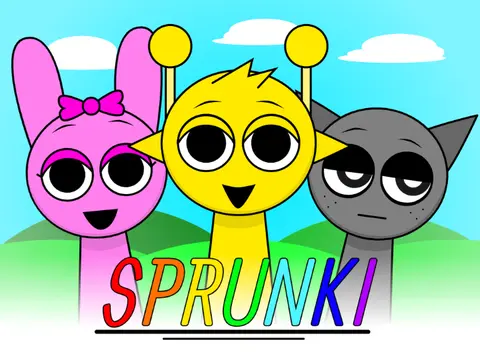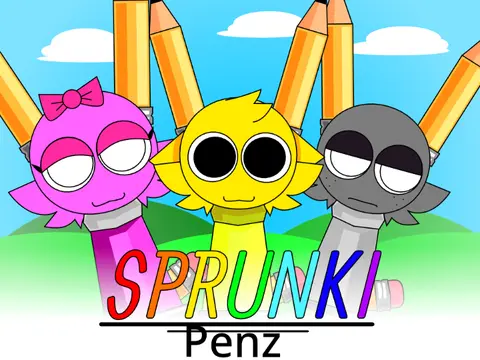sprunki scratch verion remix
What is Sprunki Scratch Version Remix?
Sprunki Scratch Version Remix is a creative adaptation of the popular Sprunki music game rebuilt within the Scratch programming environment. This version reimagines the original Incredibox-style gameplay through the lens of Scratch's distinctive visual style and technical capabilities. The remix maintains the core concept of drag-and-drop music mixing but implements it using Scratch's block-based programming framework, resulting in a unique version that feels both familiar and fresh to players.
The development of Scratch Version Remix represents an interesting convergence of different creative communities—the Sprunki fanbase and the extensive Scratch creator community. By porting Sprunki to Scratch, developers make the game accessible to a wider audience, particularly younger players who are already familiar with the Scratch platform from educational settings. This accessibility aligns with Scratch's philosophy of making coding and digital creativity available to everyone.
Visually, the Scratch Version Remix adopts the bright, cartoonish aesthetic characteristic of Scratch projects while retaining recognizable elements from the original Sprunki game. The characters might be redesigned as Scratch sprites, and the interface adapts to fit Scratch's user-friendly design principles. This visual translation creates a version of Sprunki that feels at home within the Scratch ecosystem while maintaining the spirit of the original game.
The audio experience in Scratch Version Remix necessarily differs from the original due to technical constraints of the Scratch platform. Scratch has limitations on audio quality and complexity, so the sounds in this remix are often simpler and more compressed than in the original game. However, creative developers work within these constraints to create a sound library that captures the essence of Sprunki while optimizing for Scratch's technical environment.
This remix also often includes educational elements that align with Scratch's learning-focused mission. might include explanations of basic music theory, introductions to sound design concepts, or even behind-the-scenes glimpses of how the game was programmed within Scratch. These educational components make the Scratch Version Remix not just entertainment but also a learning tool that introduces players to concepts in both music and programming.
How does Sprunki Scratch Version Remix work?
Sprunki Scratch Version Remix works by leveraging Scratch's built-in capabilities for handling graphics, audio, and user interaction. The game is programmed using Scratch's block-based visual programming language, which makes the code accessible and modifiable by users with varying levels of technical expertise. This transparency is a key feature of Scratch projects—players can examine and even remix the code themselves, leading to a more educational experience.
The technical implementation involves creating sprite-based characters that can accept sound assignments through drag-and-drop interactions. When a player drags a sound icon onto a character sprite, Scratch code triggers that character to begin playing the associated sound loop. The game manages multiple simultaneous sounds using Scratch's audio mixing capabilities, though with some limitations compared to dedicated audio engines.
One of the challenges in creating a music game within Scratch is managing timing and synchronization. Scratch wasn't specifically designed for precise musical timing, so developers employ creative programming techniques to ensure that loops remain in sync. This might involve using Scratch's broadcast system to coordinate between different sprites or implementing custom timing mechanisms using the platform's available features.
The user interface in Scratch Version Remix is necessarily simplified compared to the original game, reflecting both technical constraints and Scratch's design aesthetic. The drag-and-drop mechanics work within Scratch's event-driven programming model, with visual feedback implemented through sprite costumes and graphic effects. The result is an interface that feels native to Scratch while maintaining the essential functionality of the original game.
Despite the technical limitations, creative developers find ways to enhance the Scratch version with features that take advantage of the platform's unique capabilities. This might include additional visual feedback elements, educational pop-ups explaining musical concepts, or even integration with Scratch's online sharing features that allow players to easily remix each other's creations.
How to play Sprunki Scratch Version Remix
Playing Sprunki Scratch Version Remix requires a web browser with support for the Scratch platform. navigation to the game's page on the Scratch website or on Gosprunki.net, where it might be embedded. The game typically loads quickly since Scratch projects are designed to run efficiently in browsers, even on less powerful devices.
When the game loads, take a moment to appreciate the Scratch-specific visual design. The interface will likely feature familiar Scratch elements like the stage area where characters appear and a palette of sound icons at the bottom. Before diving into music creation, explore the available sounds by clicking on them to hear previews. Scratch Version Remix often includes sounds that are simpler or more synthetic than the original game, reflecting the platform's technical constraints.
To begin creating music, drag a sound icon from the palette onto one of the character sprites on the stage. The character will respond visually—perhaps changing costume or showing an animation—and begin playing the assigned sound in a loop. Start with a rhythmic foundation by assigning beat sounds to one or more characters. Then add melodic elements by dragging melody icons onto other characters. Listen to how these elements work together and adjust as needed.
Continue building your composition by adding effect sounds and vocal elements if available. The Scratch version might have fewer simultaneous tracks available than the original game due to technical limitations, so you may need to be more selective about which elements to include. Focus on creating a balanced mix that works within these constraints rather than trying to recreate the complexity of the original game.
If the Scratch Version Remix includes educational elements, take advantage of these to enhance your understanding of music concepts. might include tooltips that explain musical terms or suggestions for creating better mixes. These learning opportunities make the game valuable beyond pure entertainment, especially for younger players or those new to music creation.
When you've created a composition you like, use the recording or sharing features specific to the Scratch platform. Scratch projects can typically be saved to your account or shared with the Scratch community. Consider exploring the "See Inside" option to examine how the game was programmed—this behind-the-scenes access is a unique aspect of Scratch projects that can deepen your appreciation for the game and even inspire you to create your own remixes.
What makes Sprunki Scratch Version Remix different from Incredibox?
Sprunki Scratch Version Remix differs from Incredibox in several fundamental ways due to its implementation on the Scratch platform. The most obvious difference is the visual presentation—while Incredibox features polished, professional graphics, the Scratch version embraces the more simplistic, cartoonish aesthetic characteristic of Scratch projects. This visual difference reflects the different target audiences and development resources between the two versions.
The audio quality and complexity also differ significantly. Incredibox uses high-quality audio samples with professional mixing and mastering, while the Scratch version necessarily uses simpler, more compressed audio due to platform limitations. This results in a different sonic character—the Scratch version often sounds more synthetic and less polished, which can be either a limitation or a charming stylistic choice depending on perspective.
The educational dimension represents another key difference. Incredibox is primarily an entertainment product, while Scratch Version Remix often incorporates educational elements that align with Scratch's mission of teaching coding and digital creativity. might include explanations of how the game was programmed, introductions to music theory concepts, or encouragement for players to remix the game themselves. This educational focus makes the Scratch version particularly valuable in classroom settings or for players interested in learning about game development.
The accessibility and modifiability of the Scratch version create a different relationship between players and the game. While Incredibox is a closed product that players can only experience as consumers, the Scratch version is open to examination and modification. Players can look "under the hood" to see how the game works and even create their own versions using the source code. This openness transforms players from passive consumers into potential creators, aligning with the participatory ethos of the Scratch platform.
Finally, the social features differ between the two versions. Incredibox has its own sharing system for compositions, while Scratch Version Remix leverages Scratch's built-in community features. This means compositions can be shared within the massive Scratch community, potentially reaching a different audience than the traditional Incredibox player base. The social experience around the Scratch version is more integrated with a broader ecosystem of creative projects, offering different opportunities for discovery and collaboration.
How do I create a soundtrack in Sprunki Scratch Version Remix?
Creating a soundtrack in Sprunki Scratch Version Remix requires adapting to the platform's specific capabilities and limitations. Begin by familiarizing yourself with the available sounds, which are likely simpler and more synthetic than those in the original game. Take time to understand the character of each sound and how it might fit into a composition. The limited palette means you'll need to be more creative with fewer elements, focusing on arrangement rather than sound variety.
When building your composition, start with the rhythmic foundation. Choose beat sounds that work well together and establish a clear tempo. Due to Scratch's timing limitations, you might find that certain rhythmic patterns work better than others. Simple, steady rhythms often work more reliably than complex, syncopated patterns. Once you have a solid rhythm, add melodic elements that complement rather than compete with your beats.
Given the technical constraints, focus on creating clear frequency separation between your elements. Assign bass frequencies to one character, mid-range elements to another, and high frequencies to a third. This approach helps prevent your mix from becoming muddy when multiple sounds play simultaneously. The limited track count means each element needs to pull its weight in the overall composition.
Experiment with the specific features that the Scratch version might offer beyond the original game. Some Scratch remixes include unique visual feedback elements that respond to your music, or educational pop-ups that suggest composition techniques. These features can inspire new creative approaches and enhance your overall experience with the game.
If you encounter technical limitations like timing issues or audio quality constraints, view these as creative challenges rather than frustrations. Work within the constraints to create compositions that sound good despite the limitations. Sometimes limitations foster creativity by forcing you to find solutions you wouldn't have considered in a more capable environment.
Finally, take advantage of Scratch's social features to share your creations and get feedback from the Scratch community. The educational nature of Scratch means you're likely to receive constructive feedback that can help you improve your music mixing skills. Consider also examining how other players have approached composition within the same limitations—you might discover techniques and ideas that you can incorporate into your own future soundtracks.
